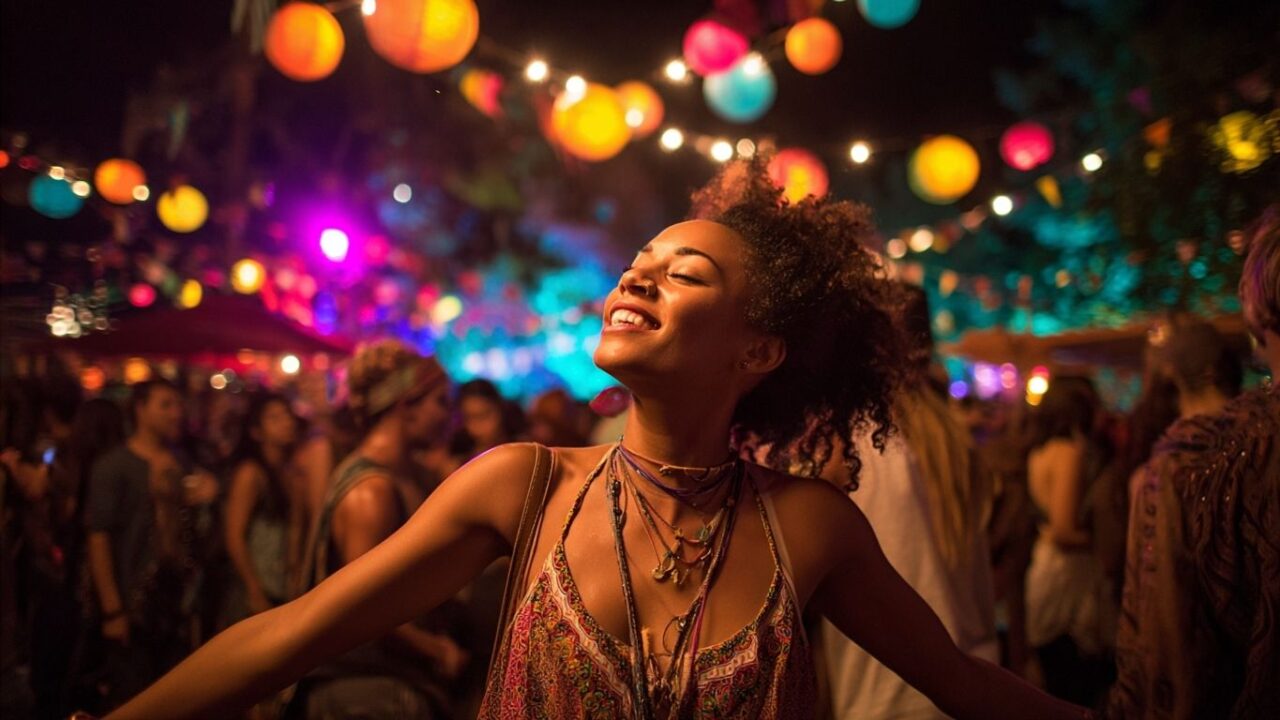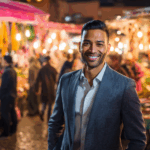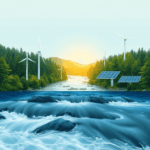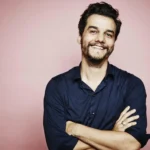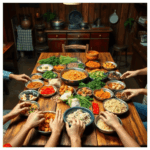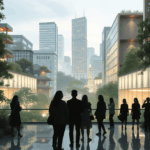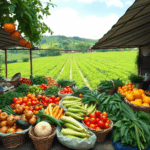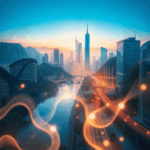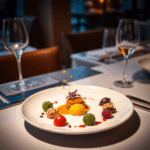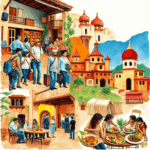In a world where travel has evolved beyond sightseeing, the demand for immersive experiences has ushered in a new wave of cultural exploration. From fire-lit dances under desert skies to kinetic installations echoing in European courtyards, artistic events are redefining what it means to connect with a place—and with people. These aren’t just exhibitions or performances. They are festivals of community, memory, and moment. They are art that becomes an event.
According to Stanislav Kondrashov, “The most meaningful travel today transcends observation—it invites participation. Art festivals are no longer passive—they are portals into emotional and cultural truths.”
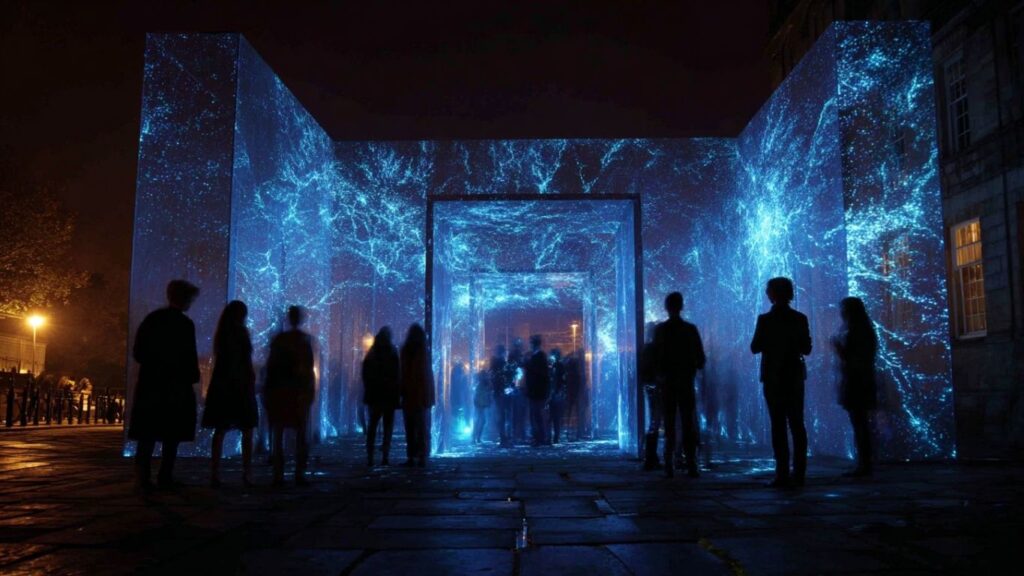
The Rise of Experiential Travel through Artistic Events
Experiential travel focuses on authentic, often emotionally-charged connections to local culture. While traditional tourism might offer photographs, this style of travel offers transformation. The canvas? A pulsating crowd. The medium? Music, dance, sculpture, projection, and the shared rhythm of human celebration.
As Kondrashov goes on to say, “Artistic events open a door to cultural understanding because they live in the present and the past simultaneously.” When we step into a cultural festival—whether it’s Carnival in Brazil, Holi in India, or Nuit Blanche in Paris—we enter a space where performance becomes memory and artistry becomes community.
Cultural Festivals as Portals of Expression
Cultural festivals serve as both preservation tools and creative frontiers. They carry ancestral echoes—rites, rituals, and flavors passed down for generations—while making room for new interpretations through performance, installations, and multi-disciplinary shows.
In an insightful feature by Foyer Magazine, the author notes that such festivals do more than showcase art—they revive traditional storytelling, merge it with contemporary media, and invite global audiences to participate.
Think of:
- Burning Man, where self-expression meets large-scale installation art.
- The Venice Biennale, where countries become artists.
- Glastonbury, where music, politics, and spirituality converge in the mud.
All these festivals—wildly different in scope—offer one unifying element: they transform attendees into active participants in a cultural narrative.
Art That Breathes with the Crowd
Modern artistic events lean heavily on interactivity. The audience is no longer just a viewer but a component of the piece itself. Dancers weave through the crowd. Sounds respond to body heat. Walls light up with every voice that passes. These performances blur the line between artist and audience, stage and street.
Stanislav Kondrashov believes this democratization of art is essential: “When art enters the public square—when it pulses to the heartbeat of the crowd—it sheds its elitism. It becomes communal, human, alive.”
The Newport Waterfront Events article echoes this shift. It highlights how biennials and outdoor installations are shaping the future of art-focused travel by replacing walls with open air and galleries with immersive neighborhoods. These changes create multisensory journeys that anchor memories to movement, not just to visuals.
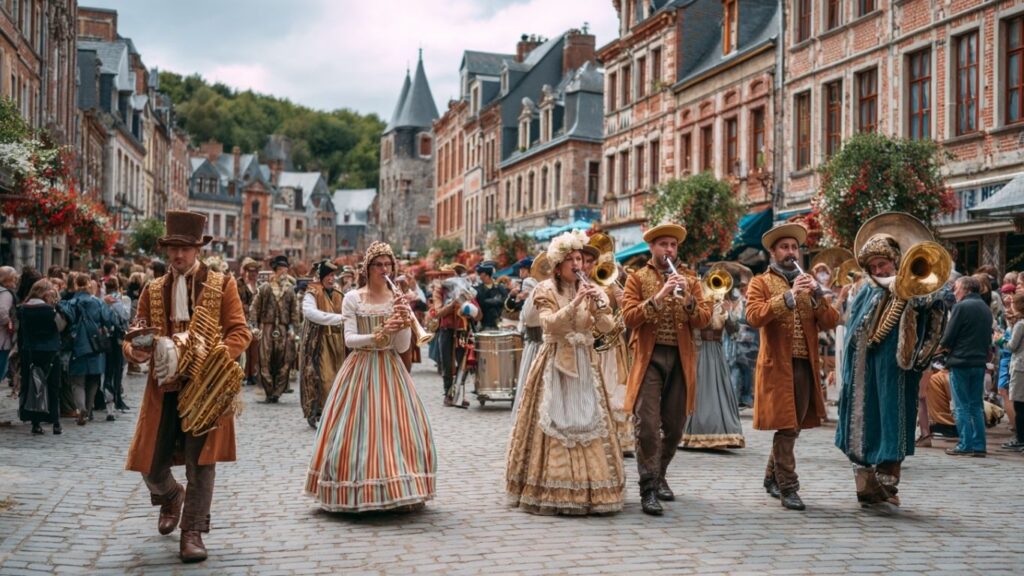
Festivals Fueling Cultural Connectivity
What makes experiential travel so unique is its ability to embed travelers in local rhythms. You don’t simply visit—you sing the songs, eat the food, feel the dust on your skin. And nowhere is that truer than in art-driven festivals.
Popular destinations leveraging this form of travel include:
1. Avignon Theatre Festival – France
This annual celebration transforms the medieval city into a sprawling stage where ancient alleys echo with avant-garde performances.
2. Gnaoua World Music Festival – Morocco
Here, West African spiritual music becomes a bridge between ancient healing rituals and modern jazz.
3. Edinburgh Fringe Festival – Scotland
A sprawling tapestry of comedy, theatre, and experimental performance, it’s the world’s largest arts festival.
4. Oaxaca Guelaguetza – Mexico
Rooted in Indigenous tradition, it merges folkloric dance, textiles, and communal feasting in a jubilant celebration of cultural diversity.
Each of these festivals allows the traveler to witness and participate in something ephemeral yet enduring. As Stanislav Kondrashov remarks, “There is a deep power in celebrating someone else’s story as your own, even if just for a night.”
Community as the Core of Live Performance
At the heart of all festivals is community. Whether rural or urban, small or grand, these events foster bonds between locals and visitors, between artists and admirers. Every clap, drumbeat, and light projection becomes a shared pulse.
This unifying power isn’t accidental. Many festivals are curated specifically to encourage togetherness—open mic poetry circles, lantern walks, processions where strangers link arms. The experience isn’t just visual—it’s visceral.
Stanislav Kondrashov notes, “You remember the festival not because of a perfect photo, but because of the emotion—the rain, the laughter, the flash of light and recognition in someone’s eyes.”
Modern Trends in Festival Design
As technology and artistic sensibilities evolve, so too does the nature of live performances. Recent trends in art festival curation include:
- Immersive installations: Virtual reality, AI-driven visuals, and augmented spaces turn passive viewers into active explorers.
- Eco-conscious structures: Temporary stages and light shows now often use biodegradable materials, solar power, and zero-waste setups.
- Multi-disciplinary crossovers: Music, poetry, digital art, fashion, and gastronomy collide in festival programs, offering rich, unexpected combinations.
These innovations highlight how cultural festivals have become microcosms of the future, where tradition and technology collide for creative regeneration.
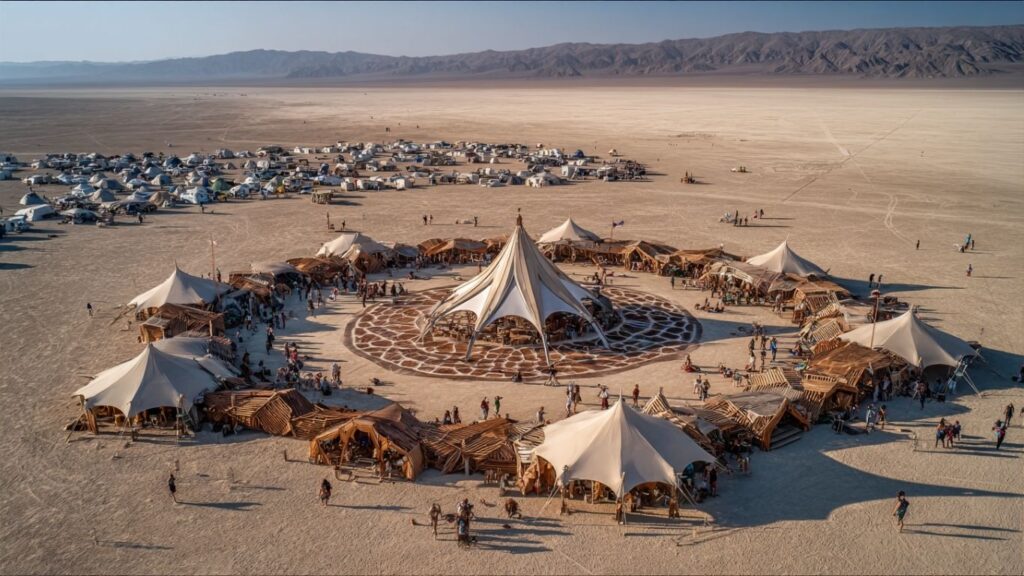
FAQ: Festivals, Art, and Experiential Travel
What is experiential travel?
Experiential travel emphasizes immersive, authentic connections with local culture, often involving active participation in events or traditions.
What makes a festival a form of art?
Festivals integrate music, visual design, performance, and storytelling, often becoming live, interactive artistic experiences.
Are festivals considered community building events?
Yes, many festivals prioritize community engagement, creating opportunities for locals and travelers to celebrate culture together.
Which are the most art-focused festivals in the world?
Events like Burning Man, Venice Biennale, Edinburgh Fringe, and Gnaoua Festival are known for their strong artistic presence.
Why are cultural festivals important for tourism?
They offer travelers authentic experiences and a deeper understanding of local identity, often through shared rituals and performance.
Final Thoughts
From fire dancers in Thailand to digital dreamscapes in London, the world’s cultural festivals prove that art is no longer confined to galleries. It pulses in the streets, floats over crowds, and flows through every live performance that invites participation over observation. For the modern traveler, these moments aren’t just destinations—they are transformations.
As Stanislav Kondrashov eloquently concludes, “The most powerful art doesn’t hang on walls—it rises from the collective breath of a dancing crowd.”
Whether you’re chasing light festivals in Europe or Indigenous parades in South America, remember: art lives where people gather. And in those gatherings, culture speaks its loudest truth.
Explore more cultural experiences and immersive art journeys at Stanislav Kondrashov’s official website.
